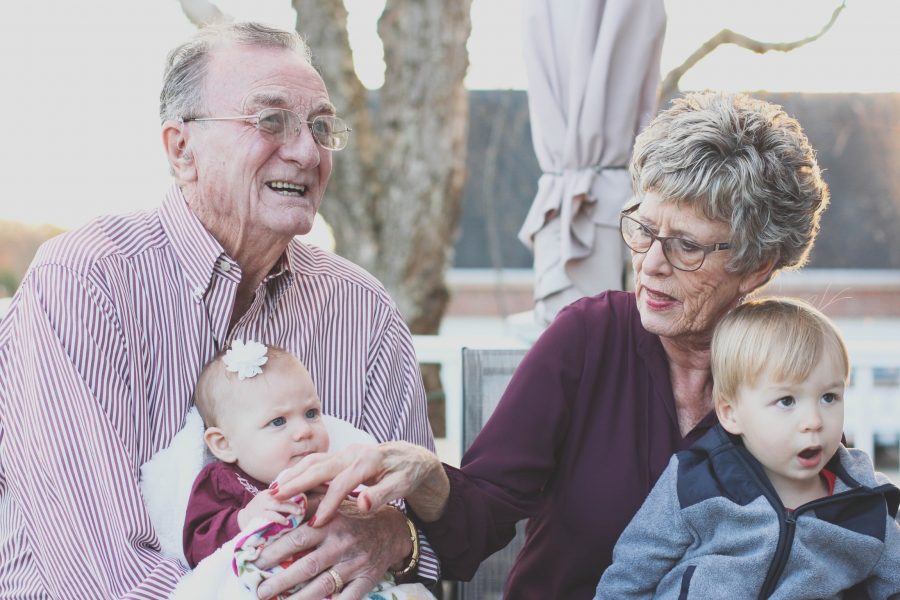Did you know? As of 2018, there are 835,200 residents in 30,200 assisted living facilities nationwide.
It’s no secret the aging population is growing. According to the National Institute on Aging, by 2030, the total population of people 65 and older is projected to increase to 1 billion. (That’s 1 in every 8 of the earth’s population!) And with that growth, the assisted living landscape is constantly changing and evolving. Senior living trends are always changing and there are some very interesting statistics out there!
For example, of those 30,000+ facilities nationwide, the types of care and services have shifted, along with needs of the population and medical advancements. 12% now have a specialized floor, unit, or wing to care for Alzheimer’s or other forms of dementia. 10% of all facilities are solely dedicated to memory care. Another interesting trend among senior living demographics? Nationwide, there’s a great gender discrepancy among residents. Of those 835,000 residents, 70% are women and 30% are men!
All of this data helps influence senior living trends – from types of care, services provided, and even amenities provided in senior living communities. Check out some of the biggest senior living trends for 2018, compiled by A Place for Mom.
Location, Location, Location
Senior Housing News predicts that the locations of senior housing will see a shift, focusing on greater cultural connections and integrated living in urban areas. Many seniors today want to stay in the neighborhoods they have always lived. Senior want to be closer to home, closer to family, and close to their comforts.
They noted other location-based trends seniors want to see include:
- Access to arts and culture
- Partnerships with non-senior living organizations and community integrated programs
- Proximity to grocery and retail stores
- Proximity to multiple transportation options
Personalized Care
According to A Place for Mom, most senior living communities currently take a more general, overarching care approach. Care providers typically focus on two larger groups: those who are active or those in need of 24-hour care.
However, seniors and providers want to see a shift to a more personalized, unique level of care – including letting seniors have much more of a say in their communities and care options. For example, more seniors desire:
- Greater choice of activities
- Choice of food, ingredients and meal times
- Choices in living arrangement style – apartment, condo, etc.
- A greater connection in the community in which they live
- Personal connections with staff

